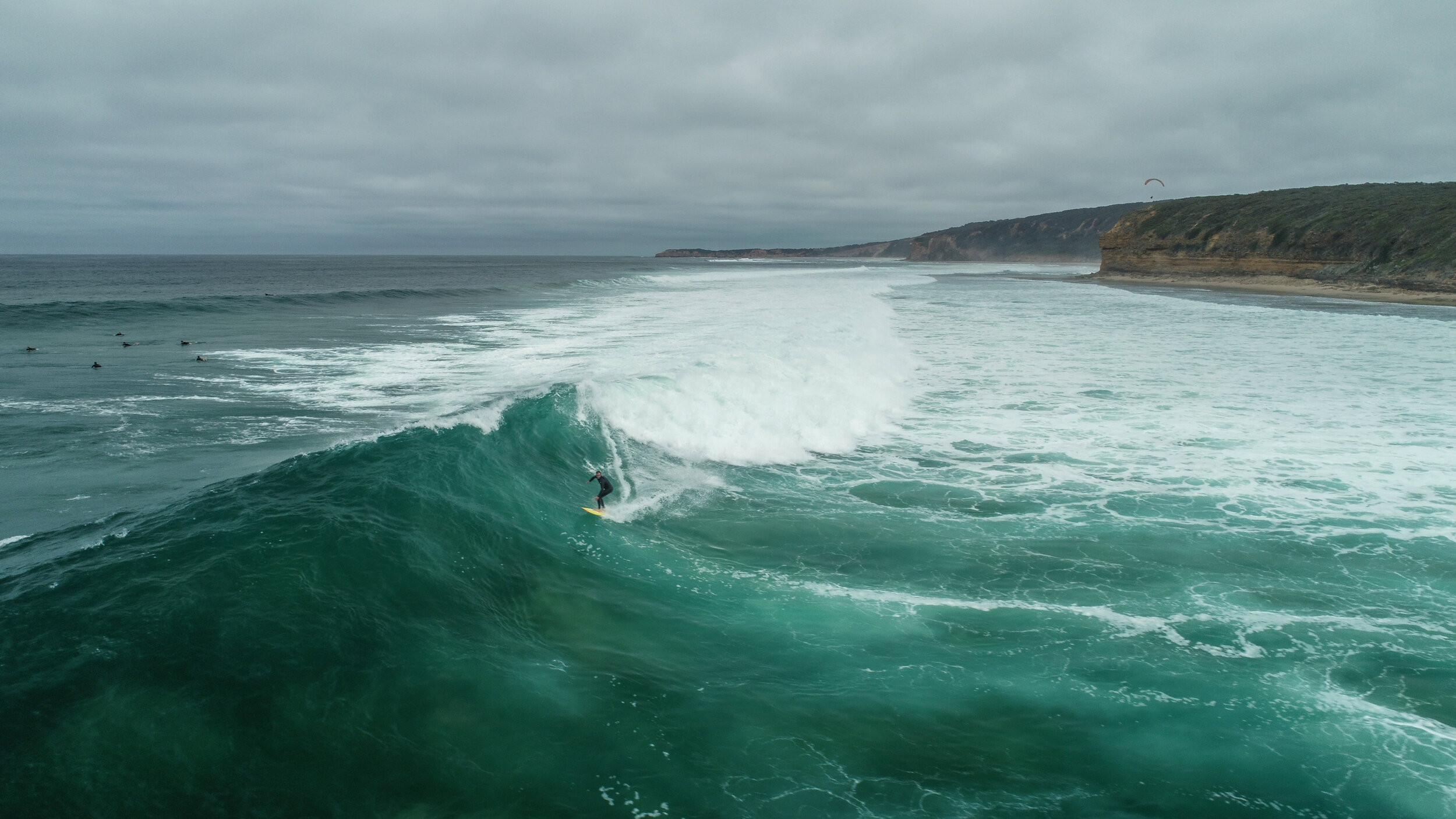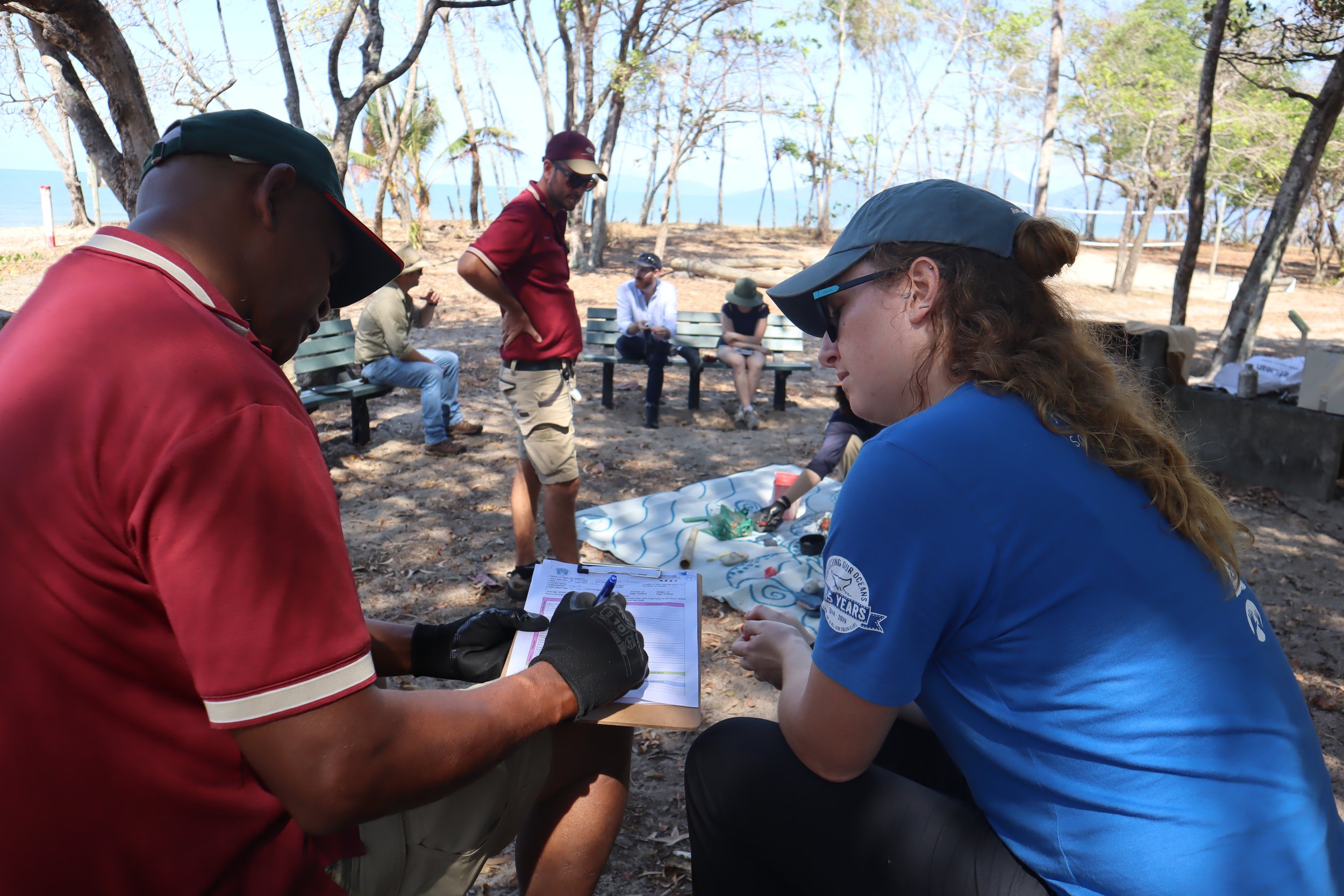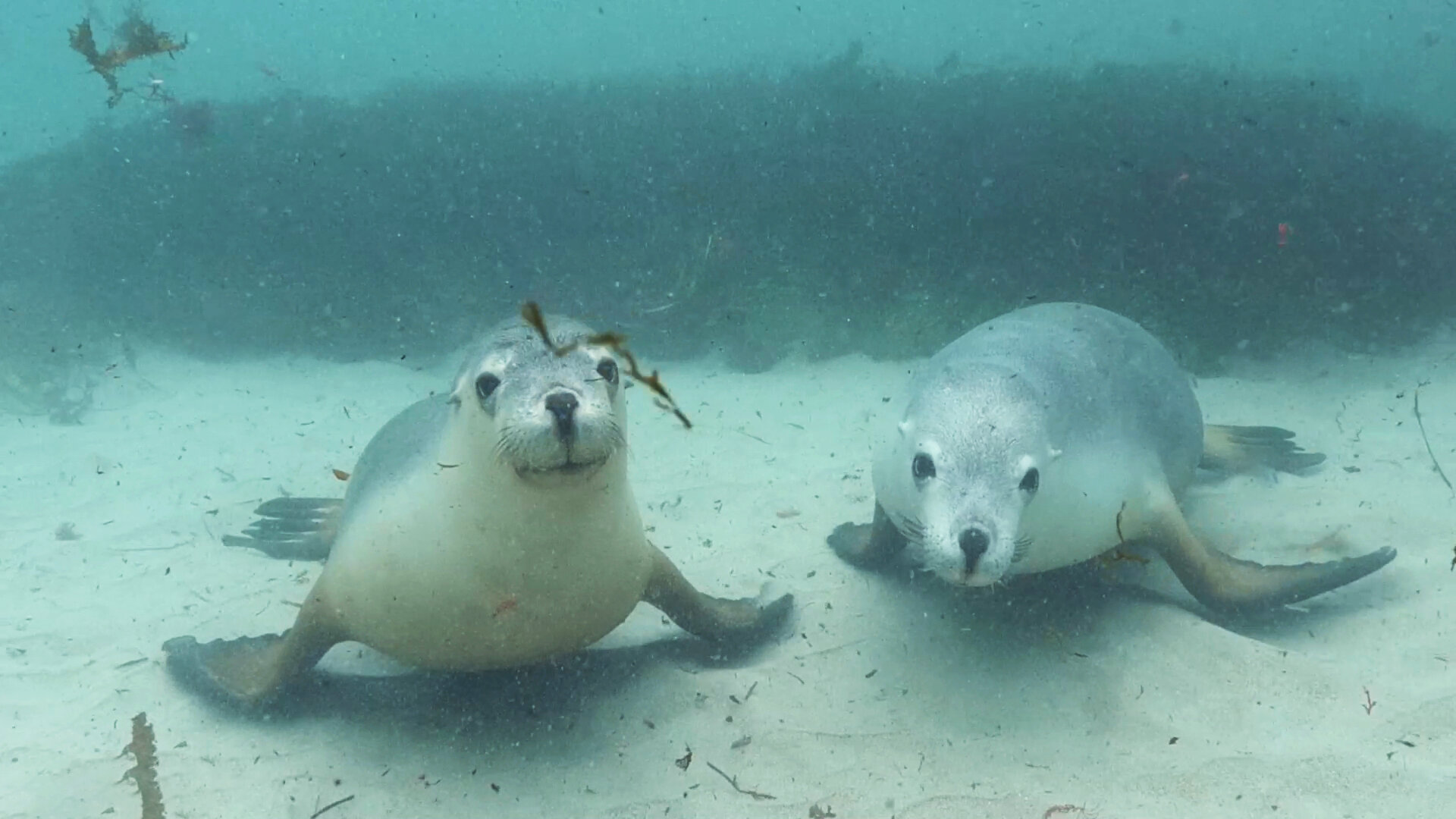
Turning The Tide On PLastics
Making a difference
The Great Southern Reef benefits from a strong coalition dedicated to curbing the tide of marine debris. Their collective efforts are making a tangible difference, as evidenced by recent comprehensive studies that reveal both the daunting challenges and the significant strides made in protecting this precious marine ecosystem.
Citizen science initiatives are a key tool in the fight against marine debris. By engaging in programs such as those outlined below, individuals can contribute valuable data that helps track debris and understand its sources and movements. This data is crucial for informing policy and creating effective waste management
Frequently Found
Among the most frequently encountered marine debris items are single-use plastics, such as beverage bottles, food wrappers, and grocery bags, which persist in the marine environment due to their slow degradation rates.
Fishing-related debris, including nets, lines, and buoys, also feature prominently, highlighting the impact of both recreational and commercial fishing activities on oceanic health.
Direct Impacts
Marine debris, particularly hard plastics and fishing lines, can be fatal to marine life through ingestion and entanglement. Reporting from data has provided accurate accounts of how these materials can lead to injury, suffering, and death for a wide range of marine species, from the smallest invertebrates to the largest marine mammals.
Plastic Prevention
When it comes to larger plastics and rubbish, the Australian Marine Debris Initiative (AMDI) by Tangaroa Blue is leading the way in the removal and prevention of marine debris across Australia.
The AMDI reveals both the challenges we face and the significant progress that’s been made to to stop the flow of rubbish into our Great Southern Reef.
Identifying Risks
Utilising the AMDI, the New South Wales government assessed the risks posed by marine debris to the marine estate in NSW. It showcases the stark impact of debris on marine life as well as the significant strides we've made in understanding and mitigating the impact of debris on the GSR.
This assessment known as the Marine Debris Threat and Risk Assessment (MDTARA) has provided a comprehensive framework developed by the Department of Planning and Industry Environment in New South Wales to evaluate the impact of marine debris on various environmental assets and socio-economic values.
It categorises the debris items found in marine and coastal environments and assesses their potential to cause harm, known as stressors, to marine life and habitats.
Intervention Strategies
The analysis has been pivotal in understanding how different types of debris, such as hard plastics and fishing lines, affect marine ecosystems and biodiversity.
By highlighting the regional differences in the levels of risk associated with these debris types, the assessment provides a clear picture of the areas that are most in need of intervention. This enables policymakers, conservationists, and the broader community to prioritise and implement targeted clean-up operations and other management strategies effectively.
What Does the Data Say?
This recent report identified hard plastic pieces and fishing lines as significant threats to marine life, with varying levels of risk across different regions. The report also highlights significant regional differences in the risks posed by various types of debris ranging from microplastics to abandoned fishing gear, poses a significant risk to the unique marine species that call the GSR home.
Balloon Case Study
Findings from reports like this can be important pathways towards legislative action. A prime example is the current situation with balloon release regulations in NSW.
The assessment categorically identified balloons as high-risk items for wildlife. Research highlights that even a single balloon can be lethal to marine and avian species, however under current NSW legislation, it is still legal to release up to 19 balloons!
This discrepancy presents an opportunity for government agencies to re-evaluate and tighten existing laws. By adopting an evidence-based approach, policy makers can make informed decisions to amend regulations, potentially reducing the permissible number of balloons released to zero. This not only aligns the legislation with environmental best practices but also sets a precedent for utilising scientific data to shape more effective and ecologically sensitive policies.
A group has formed highlighting the need for a national balloon release ban and regulation of balloon helium. Keep up to date on the latest by joining the No Balloon Release Australia Facebook Community and following their Instagram page.
Microplastics
Microplastics, the insidious fragments that elude the naked eye, have become a focal point of environmental concern within the Great Southern Reef. These tiny pollutants, often stemming from larger plastic debris that degrades over time, as well as from consumer products like exfoliants and synthetic fabrics, are now pervasive in our marine environments.
Reporting has highlighted the ubiquity of microplastics and their potential to infiltrate marine food webs, posing a risk not only to marine organisms but also to human health. The complexity of tracking and removing these particles demands innovative solutions and continued research.
Encouragingly, the collective efforts of local communities, researchers, and policymakers are leading to the development of new strategies for microplastic identification, quantification, and removal, aiming to restore the pristine nature of our waters and safeguard the health of the reef's myriad inhabitants.
Addressing this challenge, the Australian Microplastic Assessment Project (AUSMAP) plays a crucial role. As a national citizen science program, AUSMAP trains community members to collect, identify, and map microplastics along Australian coastlines, providing valuable data that contributes to our understanding of microplastic distribution and abundance.
Ghost Nets
The entanglement of marine animals in abandoned fishing gear, known as 'ghost fishing', is especially concerning. This not only causes immediate physical harm to marine life but can also lead to long-term ecological imbalances.
Image: Carpentaria ContractingProject Recon
To combat ghost nets, a collaborative initiative called Project ReCon spearheaded by Tangaroa Blue in partnership with Satlink and various AMDI partners, is pioneering the way we monitor and manage ghost nets. By repurposing commercial fishing GPS buoys collected during clean-up operations, Project ReCon is creating a sustainable solution to trace and reclaim these rogue nets.
Thinking Big
The MDTARA report sets a precedent for comprehensive environmental reporting, offering a robust model that could be replicated across the broader GSR and beyond. Its methodical approach in assessing the impact of marine debris on ecological and socio-economic values provides a blueprint for future assessments. Adopting the MDTARA model for future reporting could enhance the consistency and comparability of data across the GSR, fostering a coordinated response to the global issue of marine debris and amplifying the collective impact of conservation efforts.
WHat’s Been Done So Far
With nearly 5,000 clean-up events recorded across the Great Southern Reef since the beginning of 2021, the community's response has been formidable. Over 216 tonnes of debris have been removed by nearly 23,000 participants, clearing over 3.4 million items from the marine environment. These figures are a testament to the power of collective action and the pivotal role of citizen science in shaping a sustainable future for our oceans.
Celebrating Stewards
The battle against marine debris is not one to be fought by policymakers and scientists alone. Community involvement is pivotal. Local clean-up groups, educational programs, and citizen science initiatives are instrumental in not only removing debris but also in preventing further pollution. By participating in local clean-ups and advocating for sustainable practices, every individual can contribute to the health and longevity of the Great Southern Reef.
Get Involved
One easy and effective way to contribute is by utilising the Australian AMDI Data Collection App. The app allows you to record and submit data from clean-up activities. Whether it’s a solo effort along a local beach or a community event, every piece of data collected is valuable. By logging the types and quantities of debris collected, you’re contributing vital information that bolsters the growing body of evidence needed to guide government policy, community action, and industry best practices.
Getting started is easy.
1. Download the AMDI App: Available for free on both iOS and Android platforms, the app is designed to be intuitive and easy to use.
2. Participate in or Organise a Clean-Up: Whether you join an existing clean-up event or organise one in your community, every effort counts.
3. Collect and Record Data: As you collect debris, record the items in the app. This data is instrumental in understanding the types and quantities of debris affecting our marine environments.
4. Submit Your Findings: Once your clean-up is complete, submit your data through the app. Your contribution will be added to a national database, aiding in the understanding of marine debris patterns and impacts.




















